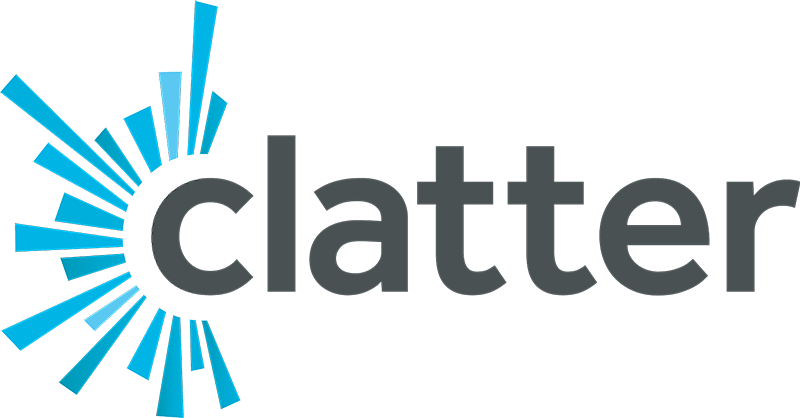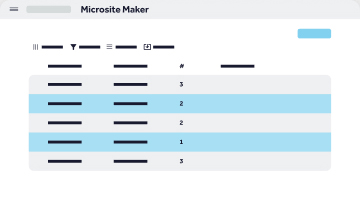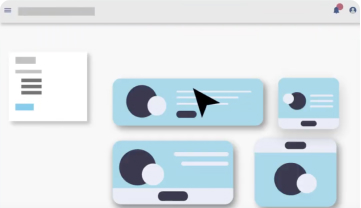Healthcare sales cycles are notoriously long. According to recent benchmark data, healthcare deals average 14.7 months from initial contact to signature, with 68% of deals stalling due to stakeholder misalignment rather than budget constraints. But here’s what most sales leaders miss: a significant portion of that time isn’t spent on legitimate evaluation. It’s spent waiting.
Waiting for marketing to customize a deck. Waiting for approvals. Waiting for someone to update last quarter’s presentation. While your team waits, competitors who can move faster are having conversations and closing deals.
Research shows that sales reps spend just 28% of their week actually selling, with 31% of their time consumed by searching for or creating content. In digital marketing for healthcare providers, where every stakeholder conversation matters and timing is everything, these content bottlenecks don’t just slow you down – they kill deals.
1. The “Wait for Marketing” Bottleneck
Your sales rep finally gets a meeting with the CMO of a regional health system. The conversation goes well. At the end, the CMO says, “Can you present to our clinical council next Tuesday? They’ll want to see specific outcomes data.”
It’s Thursday afternoon. The rep submits a request to marketing for a customized presentation. Marketing is handling 12 other requests and won’t get to it until early next week. By Monday evening – less than 24 hours before the meeting—the deck is finally ready.
This scenario plays out constantly in healthcare sales. The problem isn’t that marketing teams are incompetent – they’re overwhelmed. Every deal involves multiple stakeholders who each need tailored materials.
If each customization request takes 5-7 days and a typical healthcare deal requires materials for 8-10 different stakeholder conversations, you’re looking at weeks of cumulative dead time. During those gaps, prospects lose momentum and stakeholders who were aligned start to drift.
2. The Multiple Stakeholder Materials Problem
Healthcare purchasing decisions are uniquely complex. Healthcare deals involve numerous stakeholders from completely different worlds: clinical leaders focused on patient outcomes, IT directors worried about system integration, CFOs demanding ROI projections, compliance officers concerned about regulatory adherence, and C-suite executives thinking about strategic positioning.
Each stakeholder speaks a different language and cares about different outcomes. Your CFO presentation – packed with cost savings projections – will bore a Chief Medical Officer who wants to know how your solution improves patient care. Your technical specifications will confuse a CEO who needs strategic vision.
The traditional approach in digital marketing for healthcare providers creates an impossible situation. You can either send generic materials to everyone (guaranteeing they won’t resonate with anyone), or queue up multiple customization requests and watch weeks disappear from your sales cycle.
This is where the 68% stakeholder misalignment statistic becomes clear. When you can’t quickly produce materials that speak to each stakeholder’s specific concerns, keeping everyone aligned throughout a 14-month sales cycle becomes nearly impossible.
3. The Version Control Nightmare
A sales rep searches the shared drive and finds a presentation titled “Healthcare Solution Overview – Q3 2024.” She customizes it with the prospect’s name and sends it over.
Three days later, marketing reaches out, panicked. That presentation contained pricing that changed in Q4. It referenced a partnership that ended. And it used positioning language the company moved away from two months ago.
In healthcare, where regulatory compliance and accuracy are paramount, using outdated information doesn’t just make you look disorganized – it raises questions about whether you can be trusted with patient care or health system operations.
The problem multiplies when marketing teams constantly create one-off custom presentations. Sales reps end up with dozens of presentations scattered across email and shared drives, never quite sure which one is current.
4. The Last-Minute Customization Crisis
Your rep is heading to a meeting with Riverside Health, reviewing the presentation on his phone. He suddenly realizes the deck still says “Lakeside Medical Center” throughout, because marketing created this version three weeks ago for a different prospect.
Now he has two choices: show up with a presentation that has the wrong health system’s name (destroying credibility), or reschedule the meeting (losing momentum). Neither option is good.
This happens because of the lag between when materials are created and when they’re used. Marketing creates a beautiful custom presentation, but by the time the meeting happens – often weeks later – the context has shifted.
Effective digital marketing for healthcare providers requires materials that can be adapted at the speed of sales conversations, not the speed of marketing project queues.
5. The “I’ll Just Build It Myself” Quality Problem
After waiting days for customized materials one too many times, sales reps start creating their own content. They’ll grab slides from three different presentations and cobble together their own deck in PowerPoint.
The results are predictably inconsistent. Wrong fonts. Off-brand colors. Outdated logos. Messaging that contradicts current positioning. Sometimes they’ll accidentally use competitor language.
Marketing discovers these rogue presentations and reacts with horror. Brand standards have been violated. But from the sales rep’s perspective, they did what they had to do to keep the deal moving.
B2B buyers now engage with 3-7 pieces of content before ever speaking to a sales rep, and 71% share that content with team members. In healthcare, where purchasing committees review materials together, the quality and consistency of your collateral directly impacts whether stakeholders can build consensus. Amateur-looking materials create doubt about your professionalism in an industry where both are critical.
The Solution: Self-Service Content That Moves at Sales Speed
These five bottlenecks aren’t inevitable. They’re the result of a fundamental mismatch: sales cycles that move at conversation speed running into content creation processes that move at project speed.
The solution for digital marketing for healthcare providers is self-service content platforms that let sales reps create customized, on-brand materials in minutes rather than days. Instead of creating custom materials for every individual sales situation, marketing creates templates, approved content modules, and brand standards once. Sales reps then use those building blocks to assemble exactly what they need, when they need it.
The benefits are immediate. Zero wait time means reps can respond to opportunities the same day they emerge. Stakeholder-specific versions can be created for every conversation. Materials are always current because they’re built from the latest approved content. Brand consistency is maintained because reps work within guardrails established by marketing.
Organizations that implement these systems report dramatic improvements. Marketing teams save 150+ hours per person annually. More importantly, sales cycles compress because artificial waiting periods disappear.
Stop Letting Content Bottlenecks Control Your Timeline
Healthcare sales cycles are long enough without adding weeks of artificial delays. Clinical evaluations take time. Regulatory reviews take time. But waiting for someone to swap out logos and update slides? That’s a self-inflicted wound.
The teams winning in healthcare sales aren’t necessarily those with the best products – they’re the ones who can respond fastest with the right materials for each stakeholder. When a CMO says, “Can you present this to our board?”, the answer needs to be “Absolutely, I’ll have materials ready by tomorrow.”
Content velocity equals deal velocity. In an industry where 68% of deals stall due to stakeholder misalignment, the ability to quickly provide each stakeholder with materials that speak to their specific concerns isn’t a nice-to-have; it’s the difference between deals that close and deals that die in committee.
Effective digital marketing for healthcare providers means your sales team shouldn’t be spending 31% of their time searching for and creating content. They should be building relationships, understanding needs, and guiding prospects toward decisions. Everything else should be fast, easy, and always on-brand.
The question isn’t whether these bottlenecks are slowing you down. The question is: how many deals are you losing to competitors who’ve already fixed them?
If you’d like to see how we help teams solve this, click here to talk to one of our experts.




